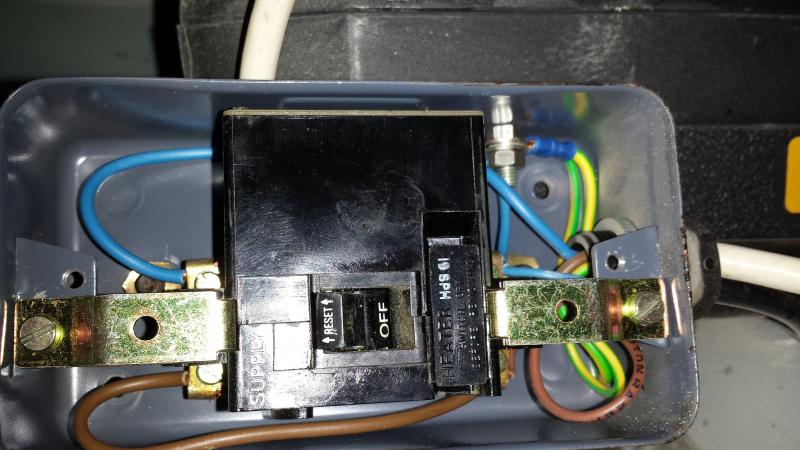Most compressors de-load to re-start motor although some the motor runs all the time.
The de-load is often a pneumatic valve which lifts the intake valve in the cylinder until the motor has had chance to get to full speed. Should the outlet valve leak the cylinder can become pressurised and as a result the pneumatic valve can't lift the inlet valve as there is too much pressure behind it.
Should this happen the motor will stall and unless some thing disconnects the motor it will burn out. Using a motor overload is the best way to guard against the valves leaking and sticking and causing the motor to stall and burn out.
Some use motor rated fuses but if it happens this can work out expensive. If the compressor is being used then the time between switching off and back on is short likely not enough to allow any leaked air to pressurise the cylinder. And on first switch on there is no air in receiver so again no problem. But where it's on stand-by and not being used much this problem can arise and it is likely this will happen when your not there to see it happen.
The first time it happened to me it took me ages to find out the fault which resulted in many fuses blowing before I found it. I to cure the problem re-wired the compressor so instead of opening valve on star it allowed it to close on delta so pressure could not build up as held open while compressor is not running. But I would not think your compressor is star/delta start and of course there are other things as well which can stop the motor starting so a motor overload is a good idea.
Where a contactor is used the overload is often part of the contactor the one you have and the replacement I show is stand alone. The old one you have had a range of heaters the new one much simpler it has a dial with a range so you can set it to match motor without having to buy the matching heater.
I think old one may be General Electric
this chart allows heater selection. I am not sure if it's a 198 Ph or HP 861 if the latter then likely for a 0.861 horse power motor. These are very old units and the unit may be simply worn out or it could be it's on the point of tripping which may point to a bearing or other faulty part.






